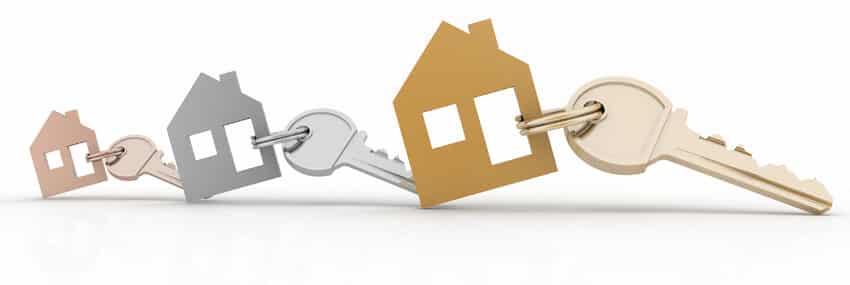Writing for Taxation magazine’s Readers’ Forum, BKL tax consultant Terry Jordan responds to a reader’s query about transferring a portion of a buy-to-let property to a new spouse.
‘My client is a pensioner who has recently remarried. He owns a buy to let property and currently pays higher rate tax on the profits of that property rental (there is no mortgage so interest deductions are not relevant here).
He has read an article in a newspaper that suggested he can transfer 1% of the buy to let property that he currently owns outright to his wife, with the desired effect being that they can then submit their tax returns on the basis that the property income is split 50:50, thereby taking advantage of the fact that his wife is a basic rate taxpayer.
Is the article right on the income tax advantage? Are there any capital gains or stamp duty land tax traps that we should be aware of?
Given his age, I am also conscious of his intention to leave the property in his will in a trust so that his wife has the benefit of the income from the property during her lifetime, then to be passed on to his children (from an earlier relationship) after her death. Would the transfer of 1% of the property to her now jeopardise that arrangement?
I look forward to hearing from Taxation readers.’ Query 19,715 – Abi.
Terry Jordan’s reply: The wife will be taxed on 50% of the rental income.
‘Abi’s pensioner client proposes to transfer 1% of a buy to let property to his wife. Income from property owned jointly by spouses and civil partners, in the absence of a partnership, is taxed in equal shares unless entitlement to both the income and the capital are in unequal shares and both spouses, or civil partners, inform HMRC that their share of profits or losses is to match the share each holds in the property. The details are set out in HMRC’s Property Income Manual at PIM 1030. If the income is to be taxed in unequal shares Form 17 must be completed and submitted within 60 days of the declaration. Accordingly, in the absence of such a declaration, the wife will be taxed on 50% of the net income.
The client’s transfer will be exempt from inheritance tax by virtue of IHTA 1984, s 18 and, on the premise that they are living together, will be on a no gain/no loss basis for capital gains tax under TCGA 1992, s 58. As there is no mortgage, no liability to stamp duty land tax will be incurred.
The couple will own as tenants in common and the gift under the client’s will would be an immediate post-death interest for inheritance tax purposes that would again benefit from the spouse exemption. The corollary is that the widow’s inheritance tax estate would then comprise the entire property and there would be no discount for joint ownership on her death. Unless she leaves her 1% by her will to the client’s children, they will only own 99% after the deaths of their father and stepmother.
While not available to the buy to let itself unless it has ever been a residence, the widow’s life interest could affect the availability of the residence nil rate band on her death if the effect is to increase the value of her estate over the taper threshold of £2m.’
The article is also available on the Taxation website.
For more information, please get in touch with your usual BKL contact or use our enquiry form.


